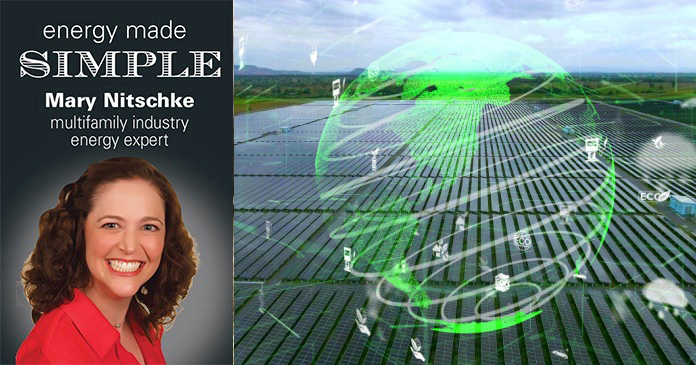From a reporting and compliance perspective, this is the heavy energy benchmarking season. Utility data is being collected, reviewed, assured and benchmarked, not only for green loans, GRESB reporting and energy compliance benchmarking, but also for evaluation against jurisdictional Building Energy Performance Standards (BEPS) to see if the building has to make adjustments before fines start being assessed (in some cases later this year). I have heard a lot of people pondering if they can achieve compliance with either renewable energy credits (RECs) or carbon offsets. Sometimes people get confused as to which one they can use. The reality is, if you are considering using these products to comply with BEPS, focus on RECs which is what we are going to do for today’s discussion.
Can I use RECs to help meet these mandatory standards? The answer is nuanced and depends heavily on the specific details of the BEPS regulation in question.
Primary compliance: The main pathway to meet BEPS targets is almost always through direct improvements to the building’s energy efficiency (e.g., upgrading insulation, windows, HVAC systems, lighting, controls) and reducing onsite fossil fuel consumption (e.g., electrification). These actions directly lower the building’s energy use and/or operational emissions. However, if you have done everything you feel you can and you are not reaching the target, that is where REC’s can be useful.
Role of RECs:
- Some BEPS regulations, particularly those setting targets based on greenhouse gas emissions intensity (GHGI) rather than solely on onsite energy use intensity (EUI), may allow building owners to use RECs to comply.
- In these cases, RECs can be used to address the Scope 2 emissions associated with the building’s purchased electricity. By purchasing RECs equivalent to their electricity consumption, building owners can claim zero emissions for that electricity, helping them meet a GHG-based target even if their energy use has not decreased sufficiently on its own. In most cases where the jurisdiction will accept a REC, it can be applied to both the common area and the residential unit consumption.
- Crucially, you must check the specific regulation. Not all BEPS allow RECs, and those that do have precise rules about the type and origin (e.g., location) of eligible RECs.
The bottom line for BEPS:
Prioritize efficiency: Focus first on reducing your building’s energy demand and onsite emissions.
Check the rules: Carefully read the specific BEPS ordinance applicable to your building’s location. It will detail eligible compliance pathways.
RECs for electricity emissions: If the standard is GHG-based, RECs might be an option specifically for your purchased electricity emissions (Scope 2), if allowed by the rule.
Offsets less likely for direct compliance: Offsets are typically used for compensating for broader Scope 1 or Scope 3 emissions and are less frequently accepted for meeting operational BEPS targets directly, although they might feature in alternative compliance mechanisms.














